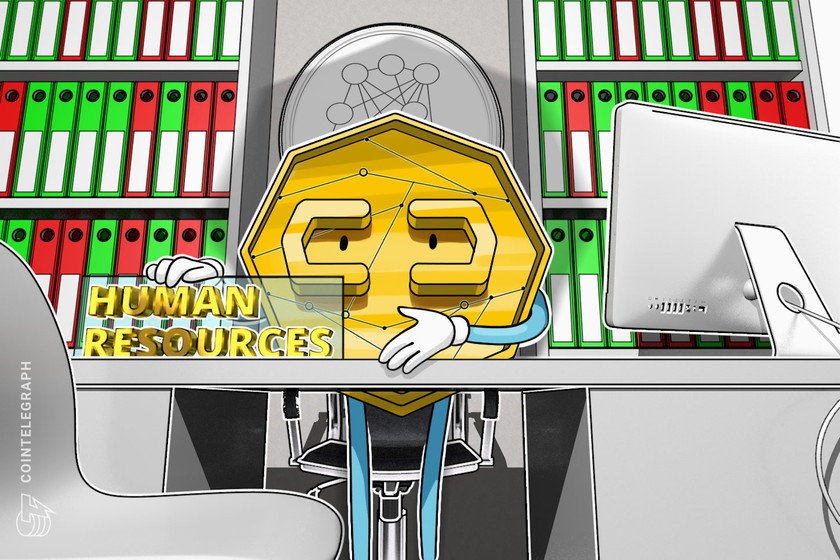Coinbase secures crypto asset service provider approval in Italy


Coinbase started providing its cryptocurrency services in Italy a while ago, offering Coinbase card services in the country as of June 2019.
The United States-based cryptocurrency exchange Coinbase continues aggressive European expansion by securing approval to offer crypto services in Italy.
Coinbase announced on July 18 that it has obtained the Crypto Asset Service Provider approval from the Italian Anti Money Laundering regulator, Organismo Agenti e Mediatori (OAM).
According to a post by Nana Murugesan, Coinbase’s vice president of international and business development, the approval will allow Coinbase to continue to offer crypto services and launch new products in Italy.
Coinbase started providing its cryptocurrency services in Italy quite a while ago. As previously reported, the exchange was offering Coinbase card services in Italy alongside countries like Spain and Germany as of June 2019.
Murugesan pointed out that Coinbase operates in nearly 40 European countries through dedicated hubs in the United Kingdom, Germany and Ireland.
“We are in the process of strengthening our presence across Europe and have registrations or license applications in progress in several major markets in compliance with local regulations,” Murugesan said in the announcement. He added that Coinbase’s goal is to grow its customer base by launching the Coinbase suite of retail, institutional and ecosystem services in each of those markets.
Coinbase is not the first crypto exchange to receive the OAM’s approval. In May 2022, the regulator granted approval to the Binance crypto exchange, allowing the firm to open its new headquarters in Milan.
Related: Coinbase denies reports of selling customer data to the US government
The approval comes in line with Coinbase’s reinforced expansion efforts in Europe. The exchange announced in late June that it was actively working to expand in Europe due to the ongoing cryptocurrency winter. Murugesan said that the company is planning to register in multiple European countries, including Italy, Spain, France and the Netherlands.
Coinbase’s new European expansion plans came shortly after the company slashed its staff by 18% in mid-June, citing the economic recession.






















